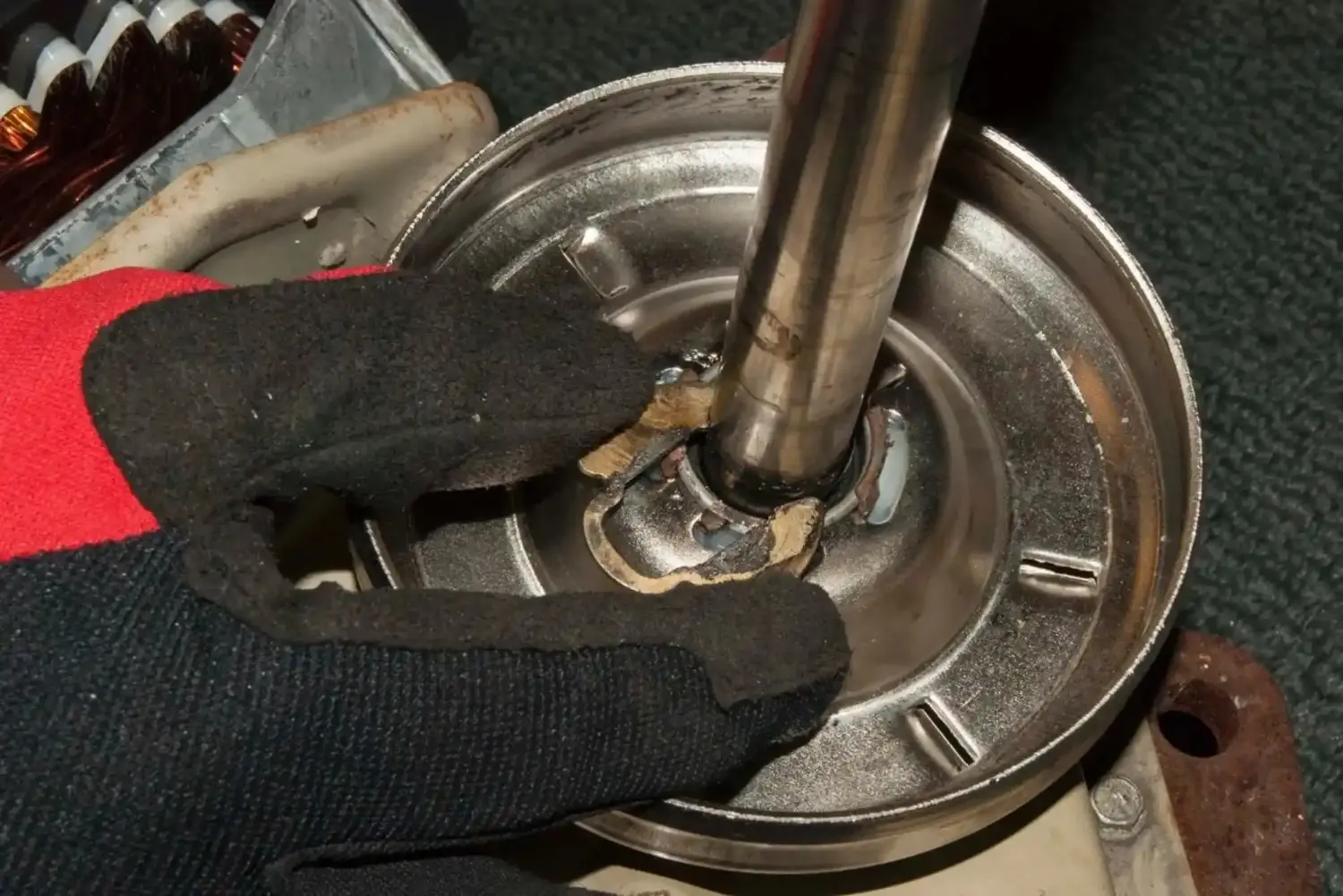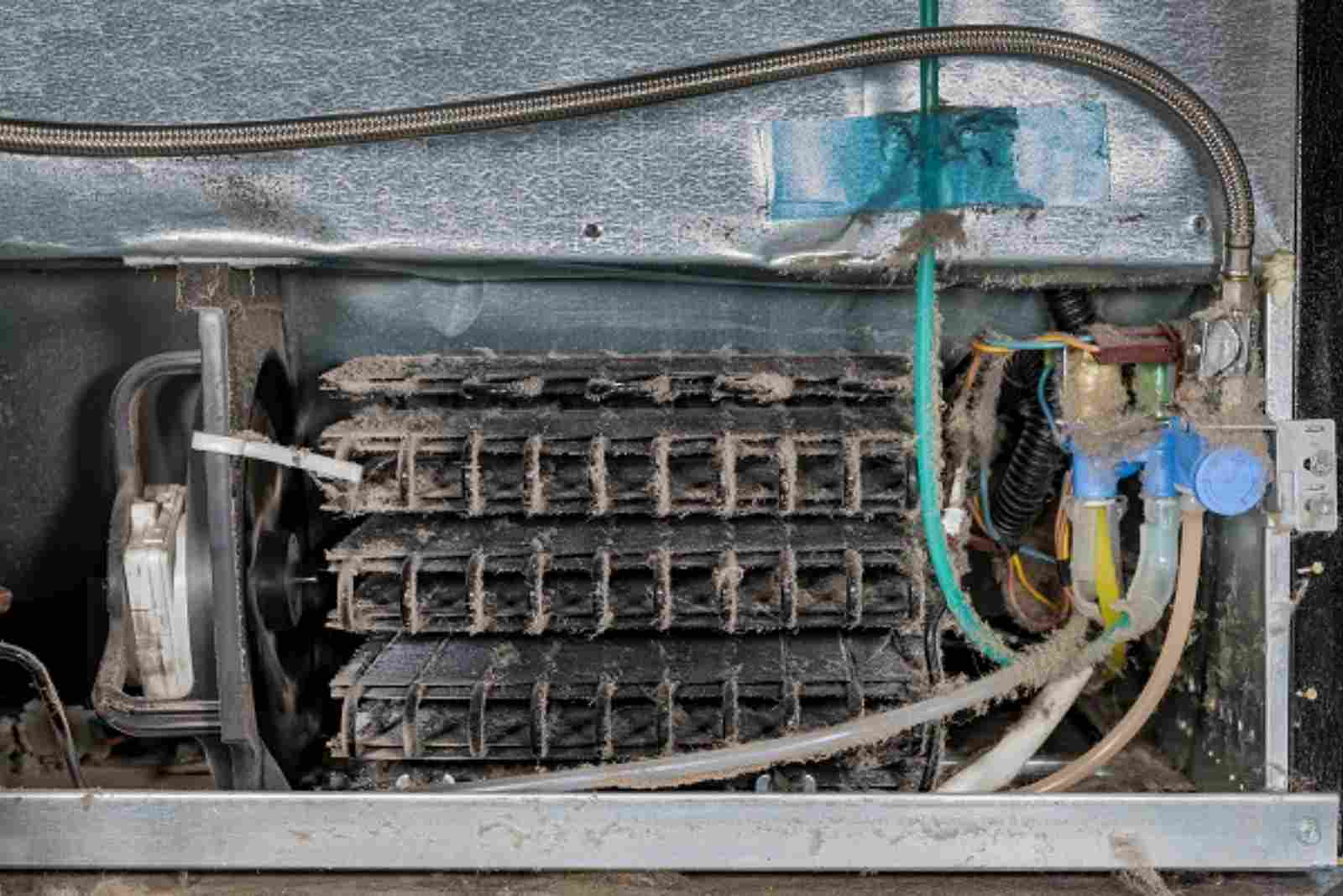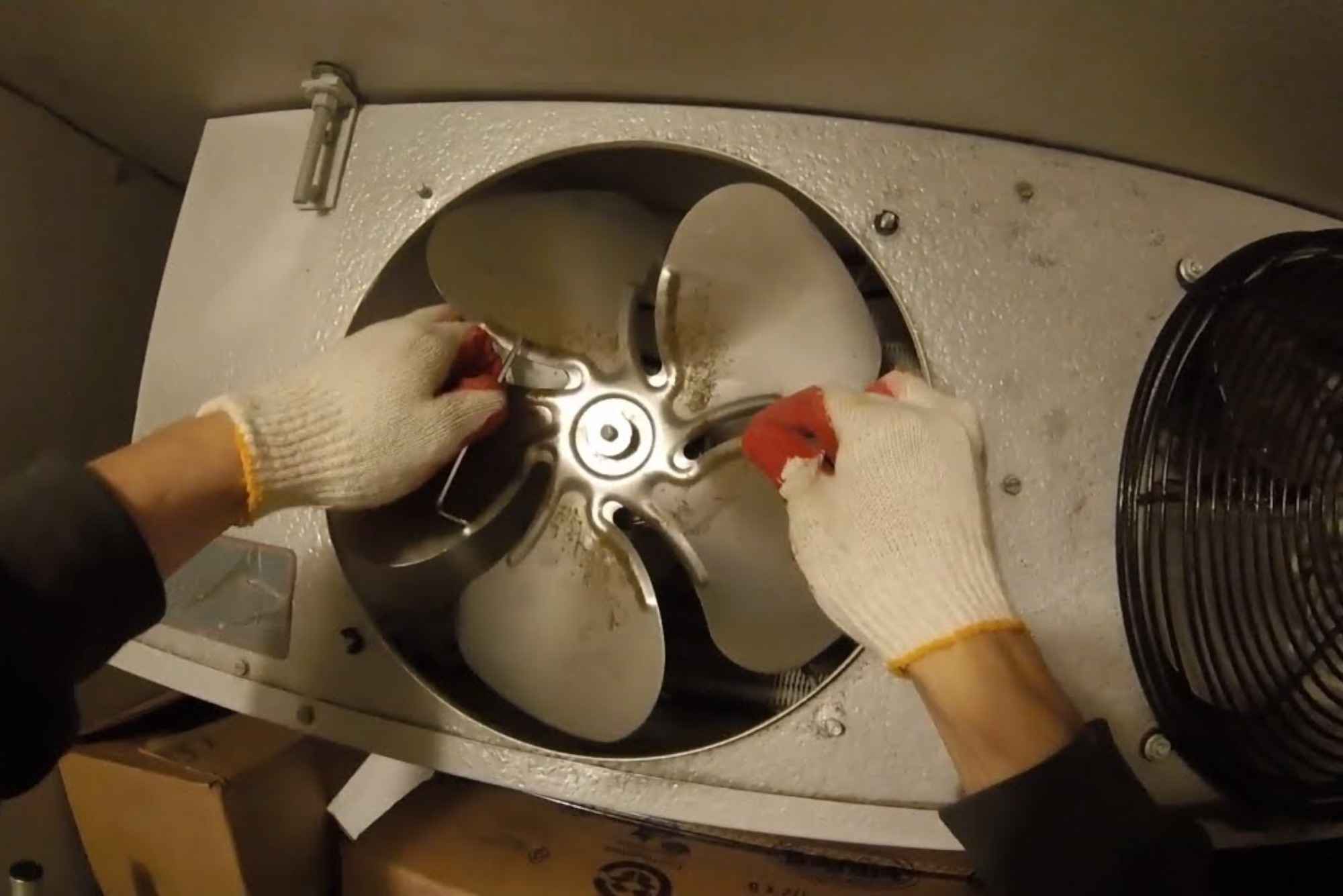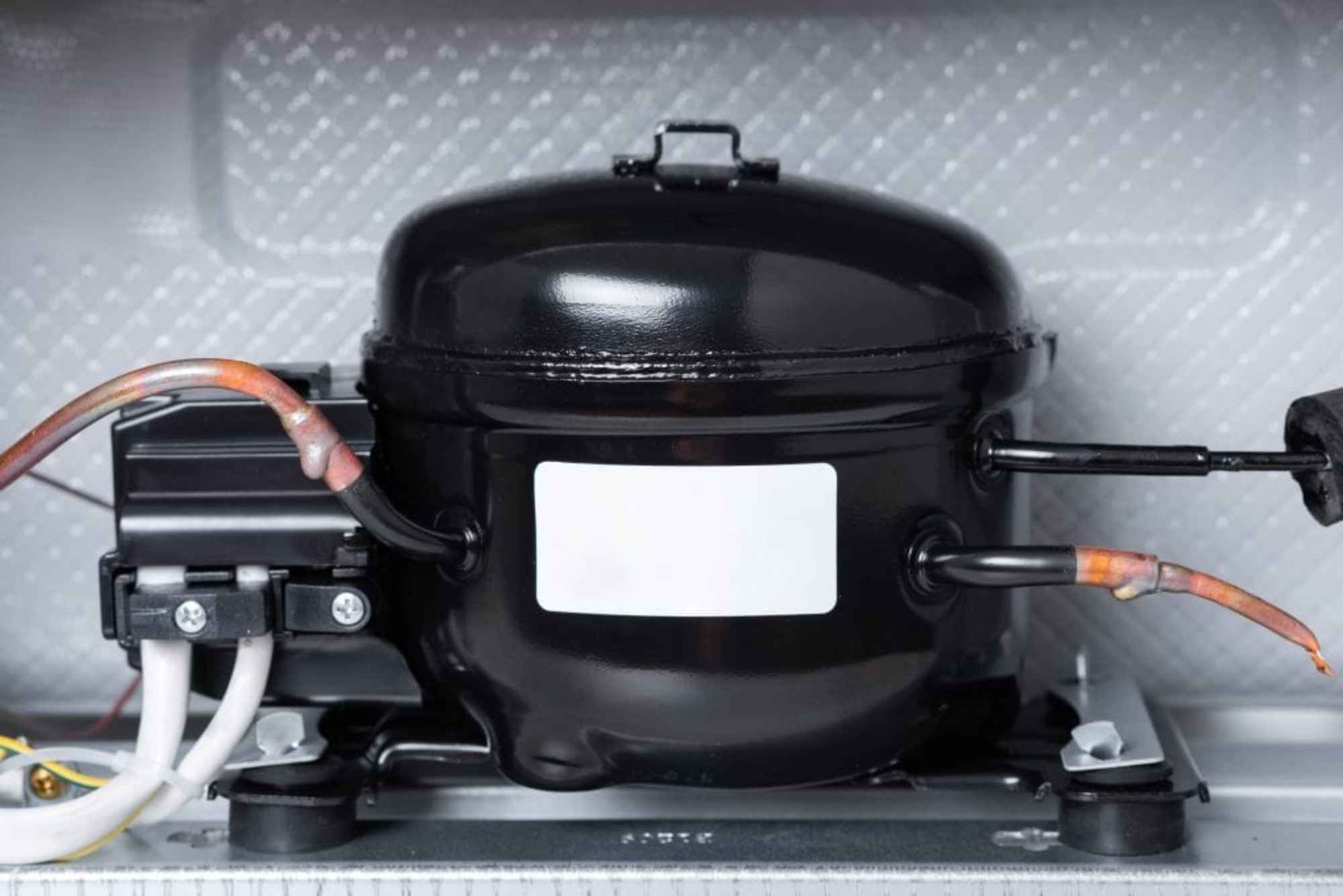A washing machine is one of the most hardworking appliances in any household, performing thousands of cycles over its lifespan. Within its intricate system lies the clutch assembly, a small yet crucial component that ensures smooth transitions between washing and spinning. Over time, however, the clutch can accumulate residue, lint, and detergent buildup, leading to performance issues. Cleaning the washing machine clutch assembly is not only a matter of maintenance but a key step in preserving the efficiency and longevity of your machine.
Understanding how the clutch functions, why it becomes dirty, and how to restore it through proper cleaning helps keep the appliance running at its best. This task requires both care and precision, as improper handling can damage delicate internal parts.
Understanding the Role of the Clutch Assembly
In most top-loading washing machines, the clutch assembly controls the movement between the agitator and the spin basket. It regulates the speed of the drum during the spin cycle and prevents abrupt starts or stops that could damage the motor. When the clutch is functioning properly, clothes spin evenly, water drains efficiently, and cycles complete smoothly.
However, as detergent residue, lint, and small fabric fibers accumulate inside the washer, they eventually reach the clutch mechanism. This buildup creates friction, reduces grip, and leads to slippage. If you notice that your washing machine takes longer to spin or struggles to reach full speed, a dirty clutch may be the culprit.
Signs of a Dirty Clutch Assembly
A washing machine often gives subtle signs when its clutch needs attention. You may hear squeaking or grinding noises during the spin cycle or observe that the drum fails to spin as fast as it should. In some cases, clothes remain wetter than usual after a full wash cycle, indicating incomplete spinning. A burning smell can also occur when excessive friction builds up due to grime on the clutch pads.
These symptoms can mimic motor or belt issues, but when they appear together, they often point to a dirty or worn-out clutch assembly. Regular cleaning helps prevent such symptoms and ensures that your washer maintains consistent performance.
Preparing for Cleaning the Clutch
Cleaning the clutch assembly is a technical task that requires some mechanical understanding of the washing machine’s structure. Before starting, it’s essential to disconnect the appliance from power and water supply to ensure safety. Since the clutch is located beneath the washer’s outer casing, accessing it usually involves removing the back or bottom panel.
If you are not comfortable handling appliance interiors, it’s advisable to consult a professional technician. Attempting this process without proper knowledge may cause further damage, especially to wiring or sensitive components near the transmission area. Still, understanding what professionals do during this process can help you appreciate why it’s an important part of washer maintenance.
The Cleaning Process Explained
Once the clutch assembly is exposed, technicians inspect it for signs of excessive dirt, rust, or wear. Dust and grease are often the main contaminants, along with detergent residue hardened over time. The cleaning process typically involves wiping the clutch plate, brake lining, and friction pads with a degreasing solution or rubbing alcohol.
A soft brush is used to gently remove stuck debris without damaging the surface. Some professionals may also apply a small amount of heat-resistant lubricant to the moving sections to restore smooth motion. The goal is to eliminate friction-causing buildup while keeping the surfaces dry enough to maintain proper grip.
After cleaning, the clutch is reinstalled, and the machine is reassembled for testing. A properly cleaned clutch allows for smoother acceleration during spin cycles and quieter operation, which immediately improves the washing machine’s efficiency.
Why Regular Cleaning Matters
Over time, the combination of detergent, water minerals, and dirt forms a stubborn residue inside washing machines. This residue does not only affect the drum and filters but also spreads to internal mechanical components like the clutch. A neglected clutch eventually leads to performance issues that may resemble transmission failure, causing unnecessary repair expenses.
Regular cleaning helps prevent slippage, overheating, and premature wear of both the clutch and transmission. It also reduces strain on the motor, extending its operational life. Many technicians recommend inspecting the clutch assembly every year or after every few hundred wash cycles, especially in households that use heavy laundry loads frequently.
Safety Considerations During Cleaning
Safety should always come first when working on any appliance. Before cleaning the clutch, it’s vital to ensure that the washing machine is completely unplugged and that all connections are secure once the process is complete. Using the correct cleaning products is equally important. Harsh chemicals or excessive lubricant can damage the clutch lining or cause slippage after reassembly.
Professionals follow strict cleaning procedures to avoid electrical hazards or misalignment of components. If you are unsure about any step, contacting a qualified technician is the best course of action. It’s better to have the job done safely and correctly than to risk damaging an essential part of the appliance.
Maintaining the Clutch for Long-Term Efficiency
Cleaning the clutch once is beneficial, but maintaining it properly afterward ensures consistent performance. Avoid overloading your washing machine, as excessive weight places additional pressure on the clutch and shortens its life. Use high-quality detergents that produce minimal residue and always allow the washer to complete full cycles without interruption.
Another useful habit is to run a maintenance wash with a cleaning agent every month. This helps reduce detergent buildup inside the washer’s system, minimizing the debris that can reach the clutch. Keeping your machine in a clean environment and ensuring good airflow also helps reduce humidity-related rust.
When to Seek Professional Help
While cleaning the clutch is part of maintenance, there are times when professional assistance is necessary. If your washing machine shows signs of severe slippage, loud grinding, or burning odors, it may indicate that the clutch is worn or misaligned. In such cases, cleaning alone may not be enough, and replacement might be required.
Certified technicians have the expertise to determine whether the issue is due to contamination or wear. They can also verify whether the motor coupling or transmission needs service at the same time. Timely intervention ensures that your appliance remains safe, efficient, and reliable.
The Key to Smooth Performance
The clutch assembly plays an essential role in ensuring your washing machine runs smoothly. Like any mechanical component, it requires care and maintenance to function effectively. Cleaning the clutch removes dirt, residue, and buildup that restrict motion and cause unnecessary friction.
While some homeowners may attempt the process themselves, professional cleaning remains the most reliable option, especially for modern machines with complex mechanisms. Keeping the clutch assembly clean not only restores optimal performance but also extends the lifespan of the entire appliance.
In the end, maintaining your washing machine’s clutch is about more than just keeping it operational — it’s about preserving the quality of every wash and ensuring that your appliance remains dependable for years to come.




